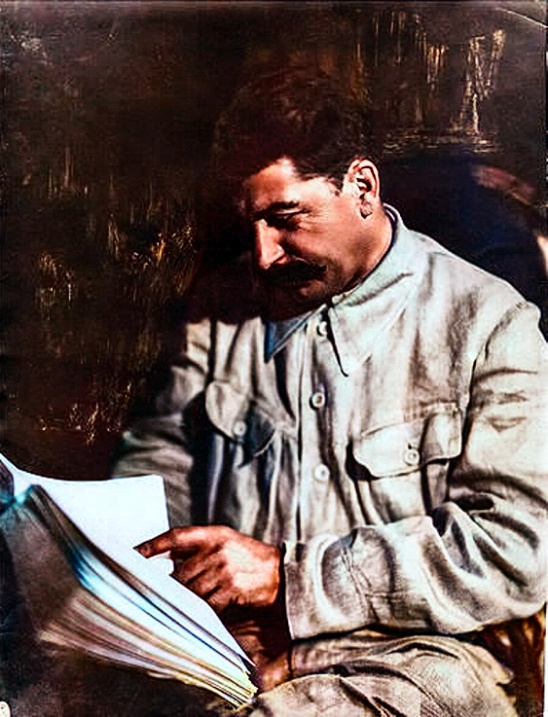

You’re gonna like this then
magnet:?xt=urn:btih:0aebc0f02e6c179b62e04c69af3e5adee3abee12&dn=IC-STUDY
The magnet link contains a shitton of paid courses, books, and references. It’s a massive torrent, roughly a terabyte, but you don’t need the whole thing. Just browse the folders and pick and choose what to download.


Your kid did a good job. My only complaint would be that the words won’t be legible unless you’re right next to the person. Increase the contrast between the background and lettering, peach on white is too similar and it’ll blend in from afar. This can be done by darkening the outline around the letters, and/or darkening both the interior and outline color of the letters.